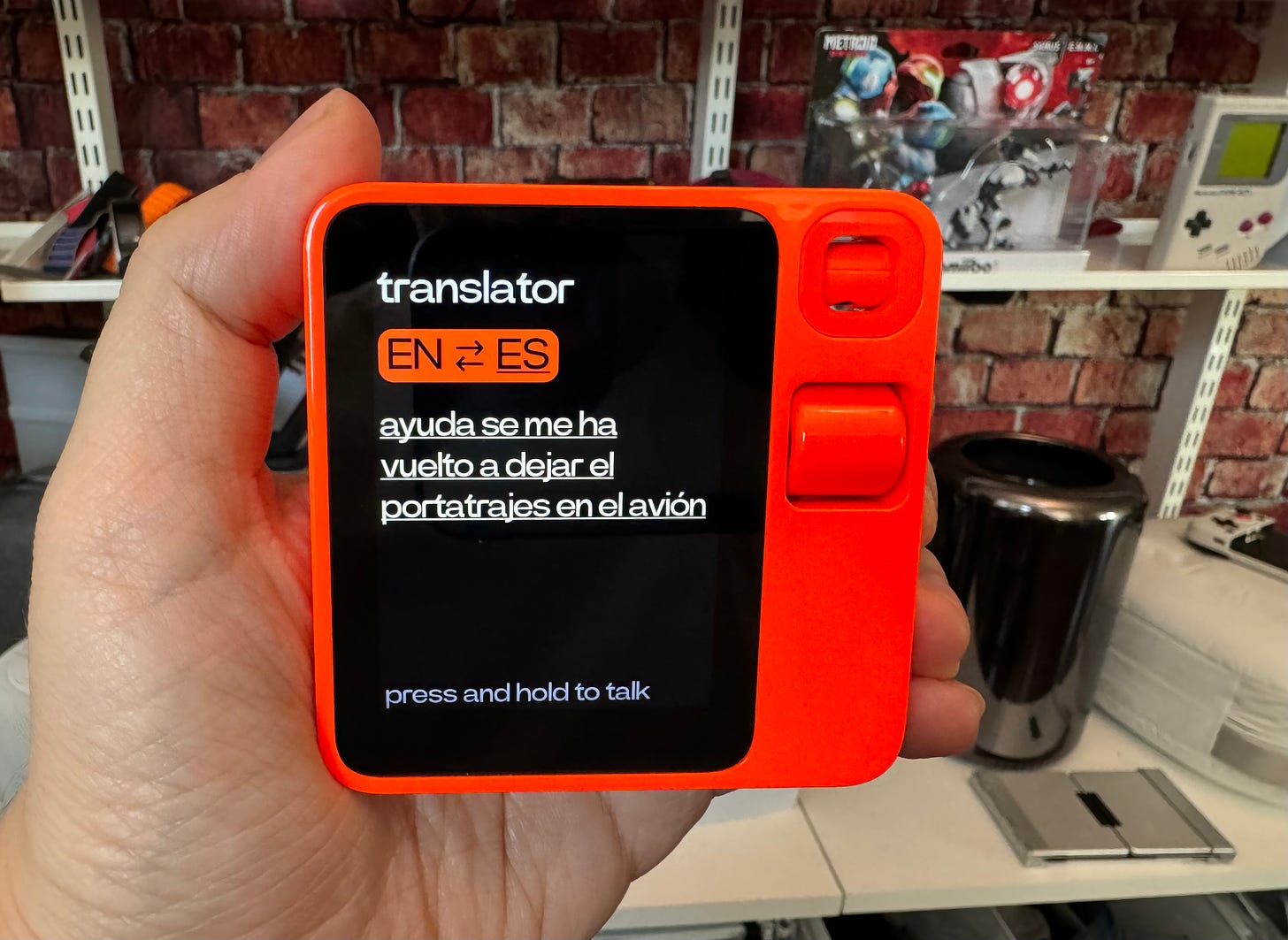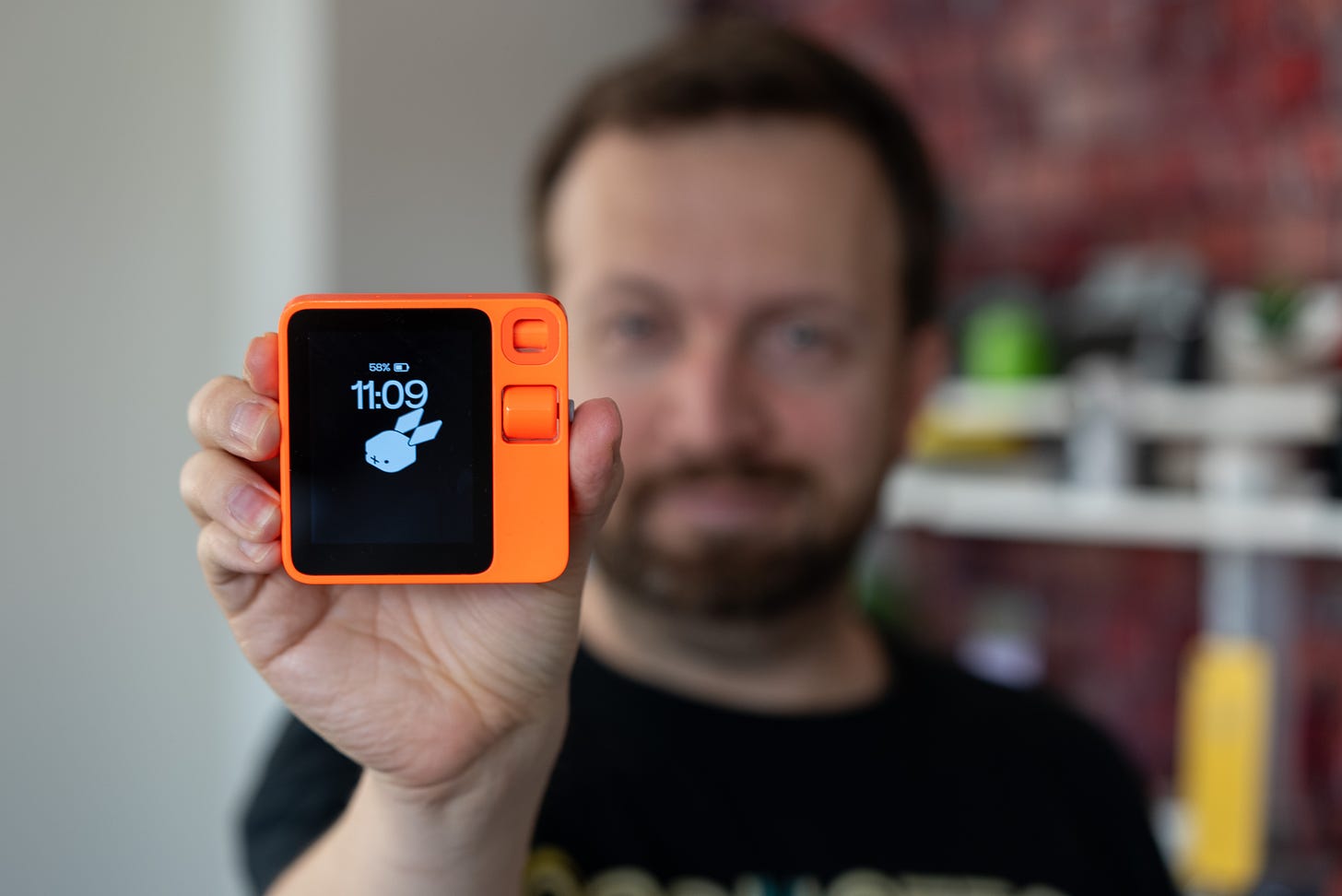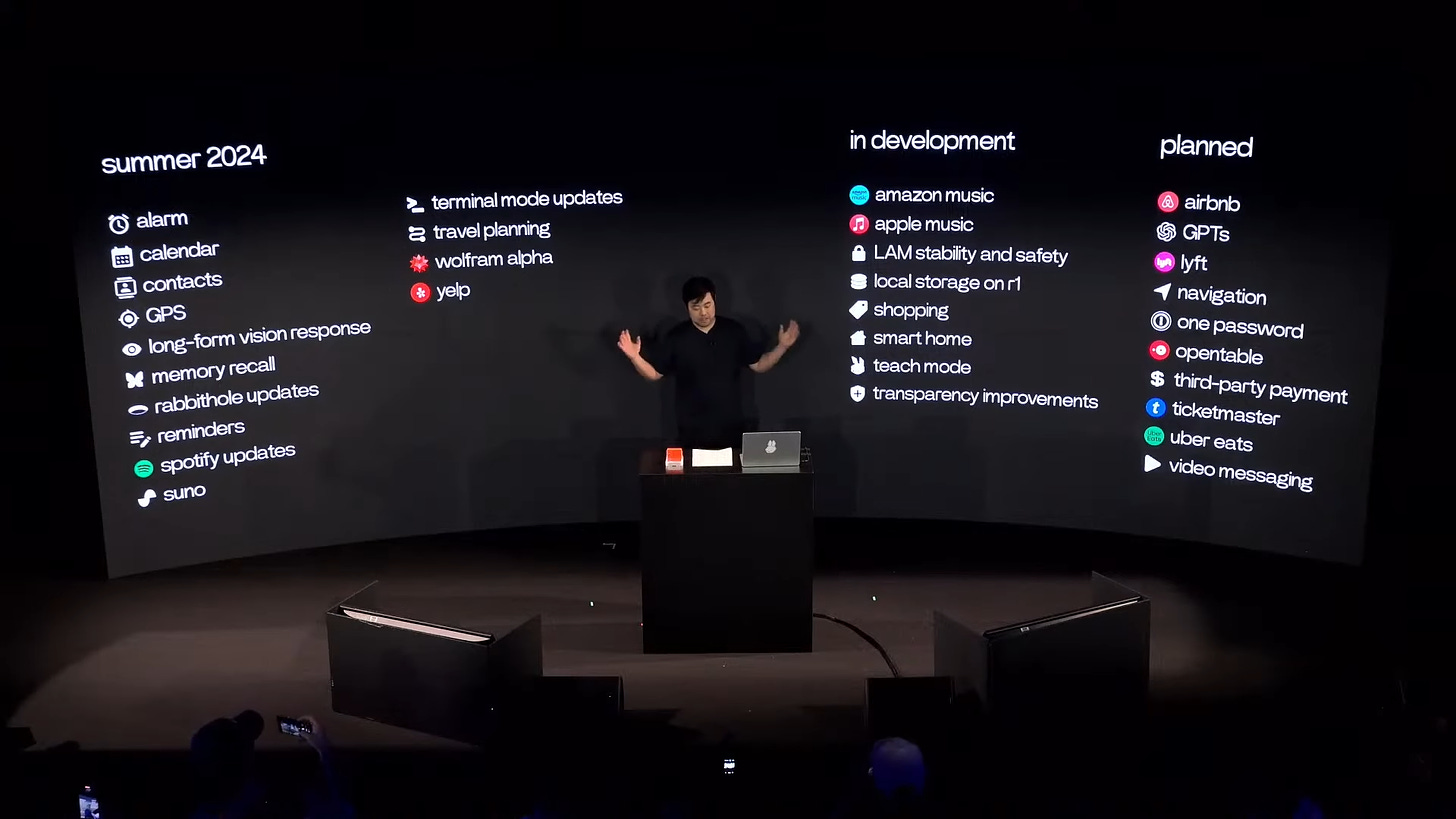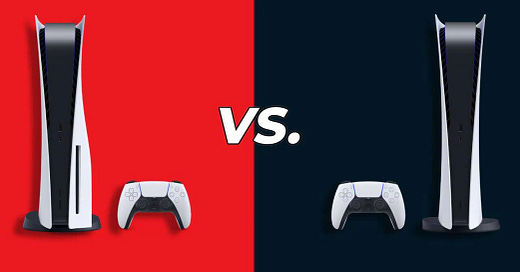
Why the best Rabbit R1 feature can't make up for its AI shortcoming
The Rabbit R1 is an AI device that is supposed to jumpstart Large Action Models. But what it ended up doing best was becoming a pocket-sized translator in my tests
I’ve been testing the first physical AI gadgets of 2024, which harness the power of Large Language Models similar to ChatGPT and aim to answer my most complex questions and even take action on requests. This technology shows a lot of promise.
As outlined in my in-depth Rabbit R1 review, there's one problem: this tech is half-baked at the moment. It and the wearable Humane Ai Pin shine a light on the many shortcomings of AI models and leave early adopters to beta-test unfinished hardware that won’t work as advertised. I’m confident that the R1 can improve with software updates. At that point, I’ll re-review the $199 Rabbit R1 to see if it’s worth buying.
Rabbit R1 can translate 57 languages
Until there are updates that can improve the AI, I have found one redeeming feature about the Rabbit R1: it’s a fantastic pocket-sized translator.
With the Rabbit R1, I was able to quickly translate between 57 different languages. I tested it out by translating four of the 57 languages: Spanish, Arabic, Vietnamese, and, of course, English. Its on-screen bidirectional translator UI is simple enough that I sometimes prefer it over any smartphone app, including Google Translate (diving into my iPhone 15 Pro Max to find the app is more cumbersome).
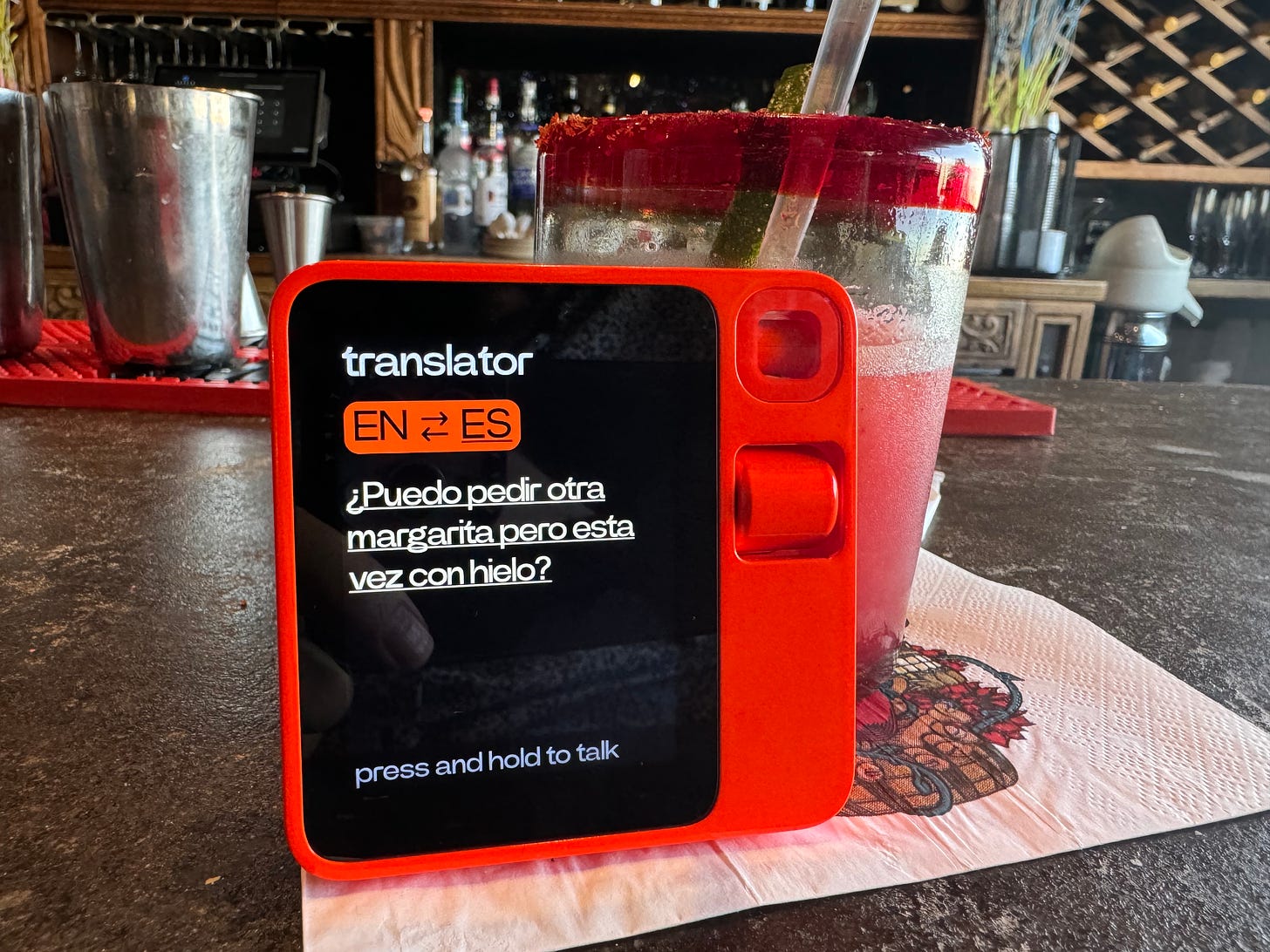
Speaking English into the R1 microphone array at the top of the orange device will convert whatever I say into a different language. My translated words promptly appear as text on the screen for a non-English speaker to see and are audibly spoken in the new language by the Rabbit R1’s smooth-sounding computer voice. In my Samsung Galaxy S24 Ultra review, I found a bigger screen was more suitable for complex back-and-forth conversations, but the Rabbit R1 translator is great in a pinch.
Of course, it wasn’t flawless. The device’s transistor mode didn’t work in a moderately noisy Mexican bar-restaurant in NYC when I tried to order another round of drinks in Spanish. The microphone array couldn’t use noise-canceling to isolate my voice, so it mistranslated what I wanted a few times, even when speaking directly into the top of the Rabbit R1, where the mics are located. But, all in all, it worked as advertised.
It doesn’t make the Rabbit R1 worth $199
Owning a bright orange pocket translator with a novel design is a nice perk, but I still feel shortchanged after purchasing the Rabbit R1. It has too many features missing in its first week on the market and the AI constantly gets information incorrect.
In my Rabbit R1 review, I cited the fact that the device’s Perplexity AI-backed offers outdated data – it thought that OJ Simpson was still alive 14 days after his death and forecast that the next total eclipse in the United States “is” on April 8.
Likewise, the Rabbit R1 is supposed to be a Large Action Model (LAM) that completes requests that a Large Language Model (LLM) would fail to do. But planning a trip with bookings, ordering food or an Uber with natural language, or finding a recipe based on what the computer-vision camera sees in my fridge failed to produce the desired results.
Rabbit R1 updates could change things
I’m willing to re-review the Rabbit R1 when updates launch. Rabbit founder and CEO Jesse Lyu has promised that an OTA update will launch next week and that a host of additional apps and services will be available this summer. Even more – like Apple Music, Amazon Music and UberEats – are “in development,” This will alleviate the fact that there are only four apps compatible with the device so far: Uber, DoorDash, Spotify and Midjourney.
But, for now, AI gadgets have launched and stumbled in 2024. In my Apple Vision Pro review, I felt Apple’s AR (augmented reality) gadget also felt very beta for $3,500, but at least it worked as advertised without much overpromise. It’s become a theme: consumers are beta-testing these tech devices more than ever, even though artificial intelligence is supposed to make things infinitely better.




